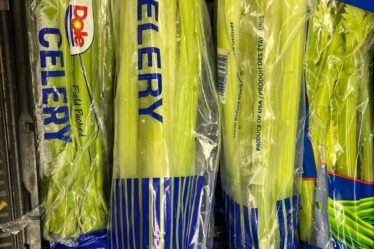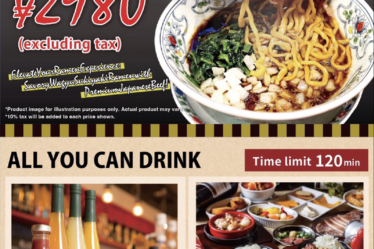
As a restaurant owner or manager, one of the key factors that impacts your business is the availability and price of food items from your wholesale suppliers. These factors can be influenced by a variety of things, including the time of year, or seasonality. Understanding the impact of seasonality on food availability and price can help you make informed decisions about what to serve on your menu and how to budget for your ingredients. We will explore the ways in which seasonality affects the availability and price of food from wholesale food suppliers and what you can do to mitigate these impacts.
Seasonality refers to the natural fluctuations in the availability of certain foods due to the time of year. For example, certain fruits and vegetables are only available at certain times of the year due to their growing seasons. This means that the availability of these items can be limited, and their price may be higher due to the increased demand.
One of the primary ways in which seasonality impacts food availability and price is through the fluctuations in supply and demand. When a food item is in season, it is more readily available, leading to an increase in supply. This can result in a decrease in price as there is more of the item to go around. On the other hand, when a food item is out of season, it is less readily available, leading to a decrease in supply.
In addition to the impact on supply and demand, seasonality can also affect the quality of the food items available. For example, produce that is grown out of season may not be as fresh or flavorful as produce that is grown during its natural growing season. This can impact the overall quality of dishes made with these ingredients, potentially leading to a decrease in customer satisfaction.
So, what can you do as a restaurant owner or manager to mitigate the impact of seasonality on food availability and price? One strategy is to source as many ingredients as possible from local farmers or producers. Local produce is often fresher and more flavorful, and it can also be more cost-effective as it does not need to be transported over long distances.
Another strategy is to be flexible with your menu. Consider incorporating ingredients that are in season into your dishes and featuring these items prominently on your menu. This can not only help to keep costs down, but it can also help to keep your menu fresh and exciting for your customers.
Finally, it can be helpful to build relationships with your wholesale suppliers and communicate with them about your needs and any potential challenges you are facing due to seasonality. Your suppliers may be able to offer suggestions or alternatives that can help you to manage the impact of seasonality on your business.a



